Only an estimated 11% of animal species on earth have been discovered. Even with these small numbers, there are some that remain elusive to scientists and the mainstream media. We’ve compiled 19 of these rare animals that you may not have even heard about.
Honduran White Bat
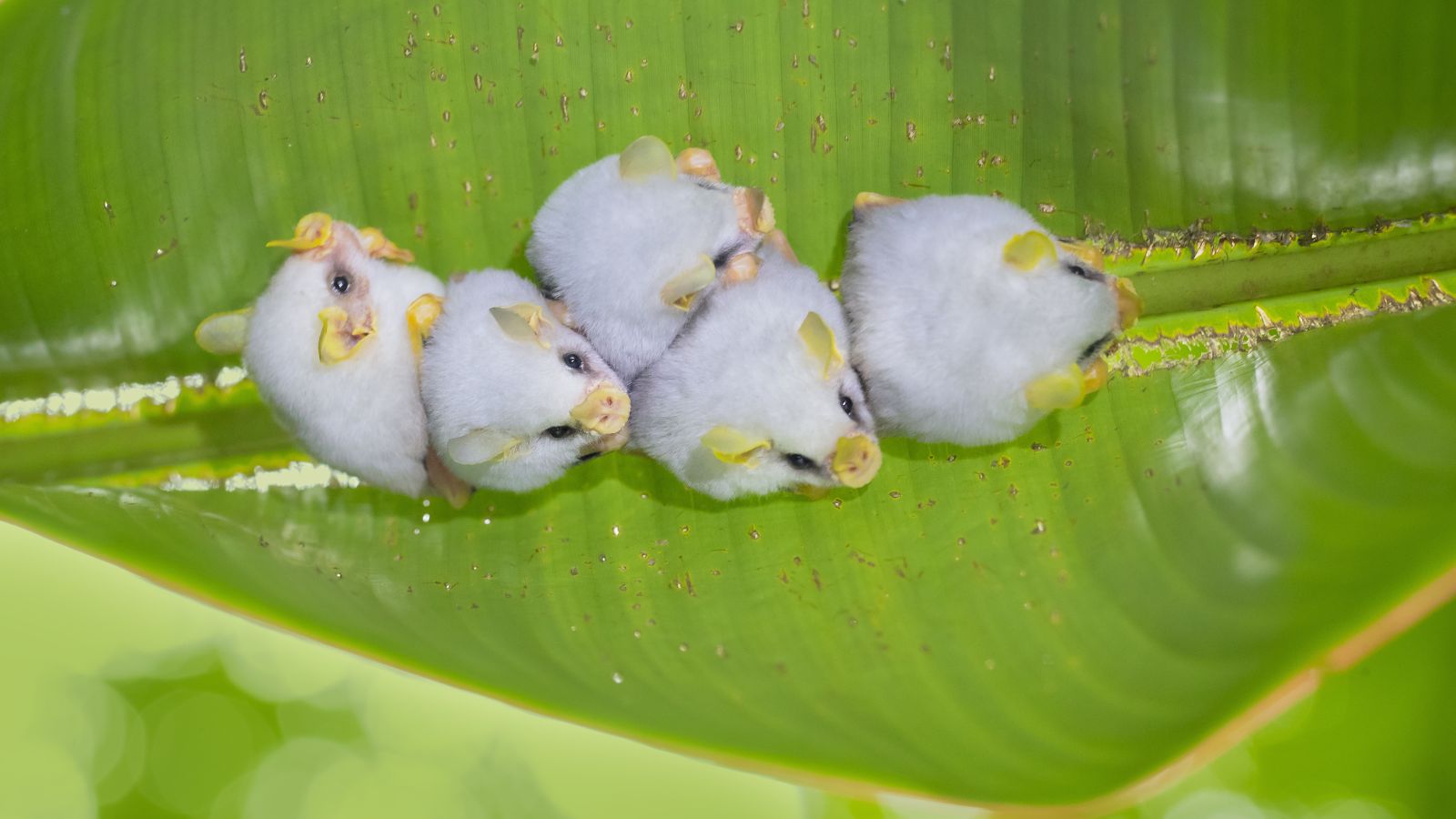
Also called the Caribbean white tent-making bat, the Honduran white bat is a brightly colored species found in the forests of Central America. It’s exciting to look at, unlike its many other relatives, thanks to its yellow-colored nose and ears. It’s known to almost exclusively feed on fig fruits.
Vaquita Porpoises

Vaquitas, recognized by the dark rings around their eyes and mouths, are the smallest and most endangered marine mammals in the world. In 2022, the Guardian reported that there were fewer than ten vaquita porpoises in the wild, as their populations rapidly depleted in the mid-1970s due to entanglement in gillnets.
Javan Rhino
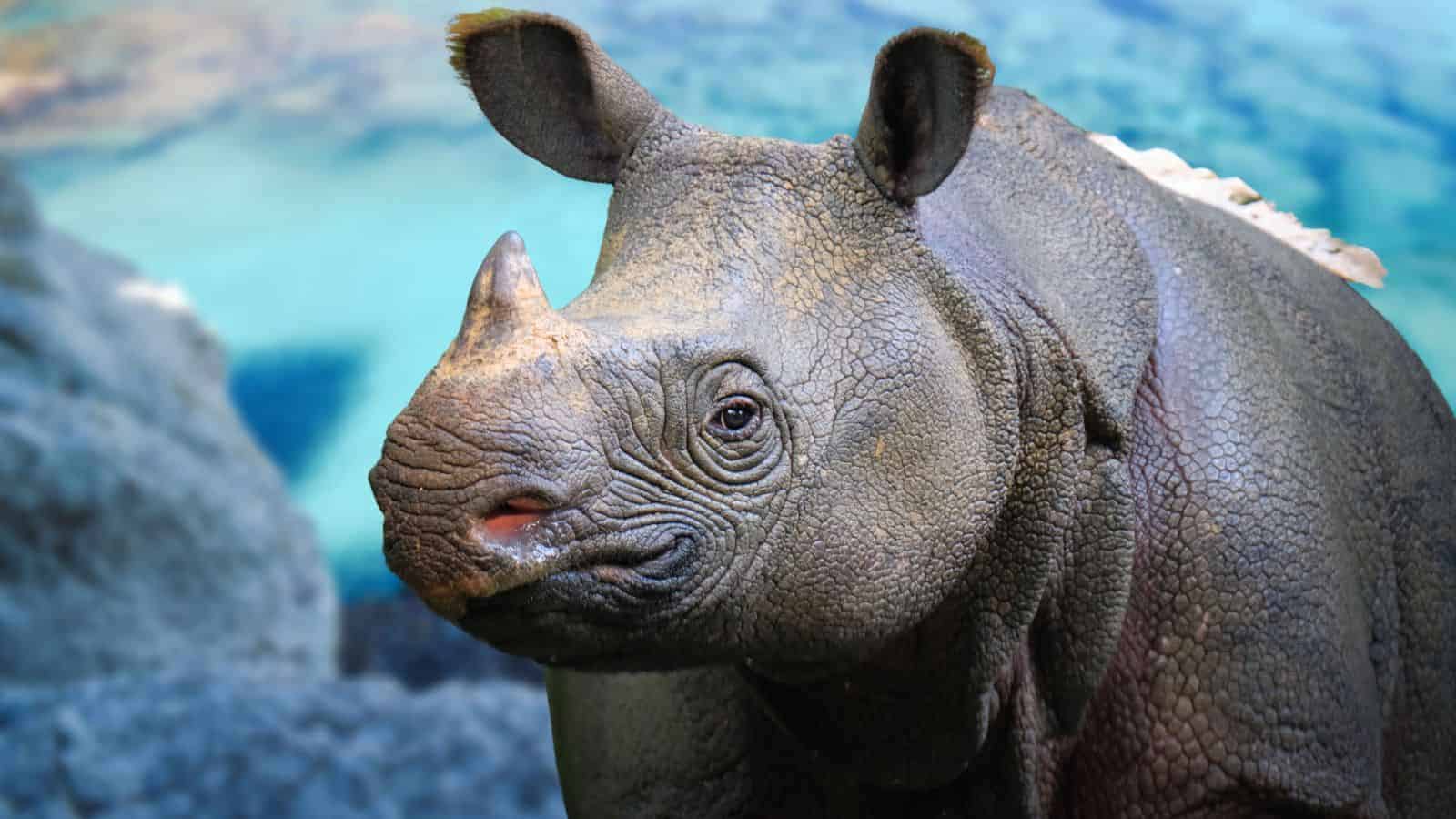
The Javan rhino is only found in Ujung Kulon National Park in Indonesia, and it’s said that only 74 individuals are still alive today. This rhino species has a distinctive single horn and mosaic-pattern skin, and its critically endangered status is mainly caused by poaching and the loss of habitat.
Saola
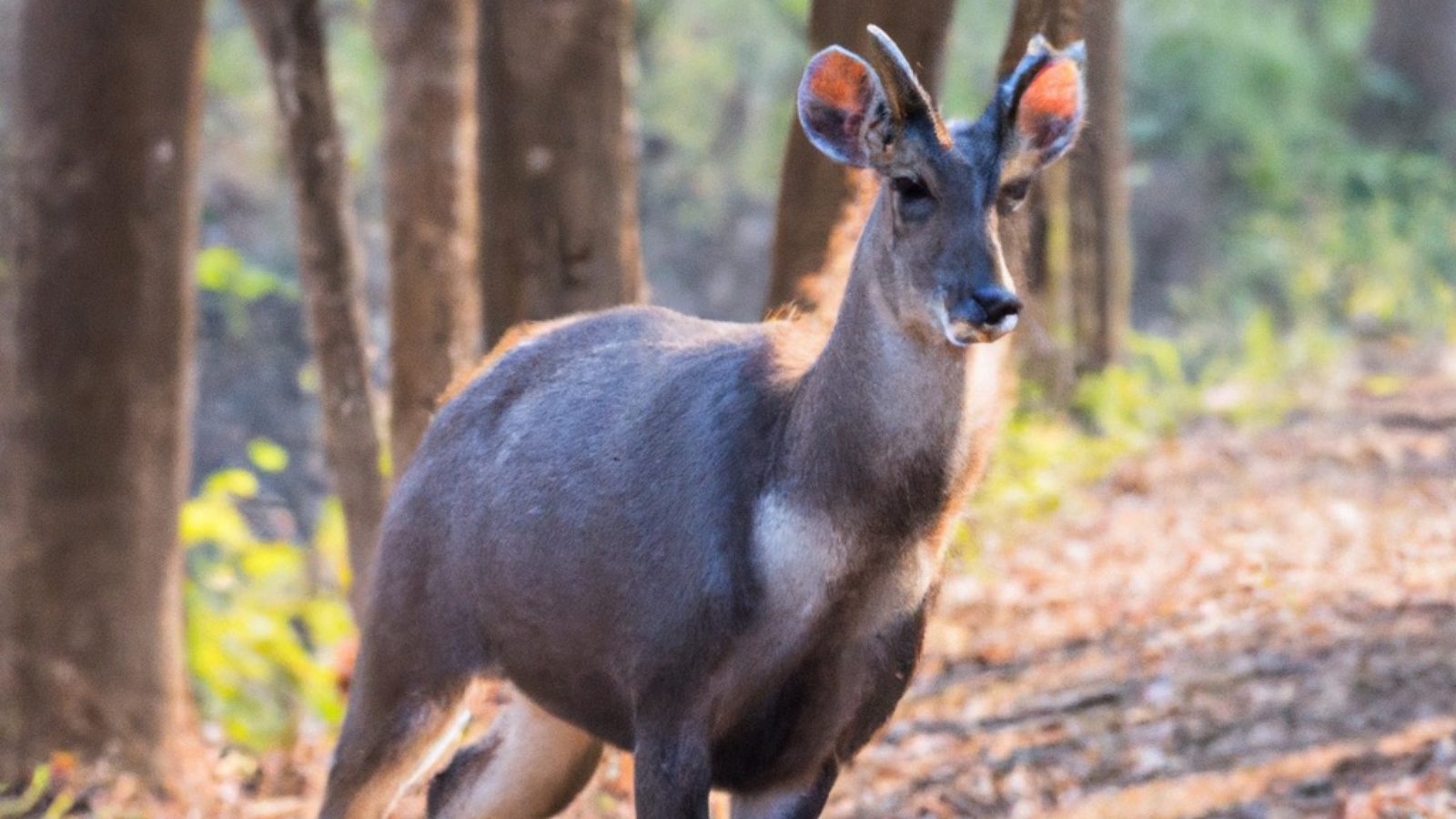
The saola is a large mammal with two long horns, distinctive white markings on its face, and a weirdly fitting short tail. Because of its rarity and elusive nature, it’s nicknamed the ‘Asian unicorn’. It was discovered in the forests of Vietnam and Laos in 1992.
Northern Hairy-Nosed Wombat
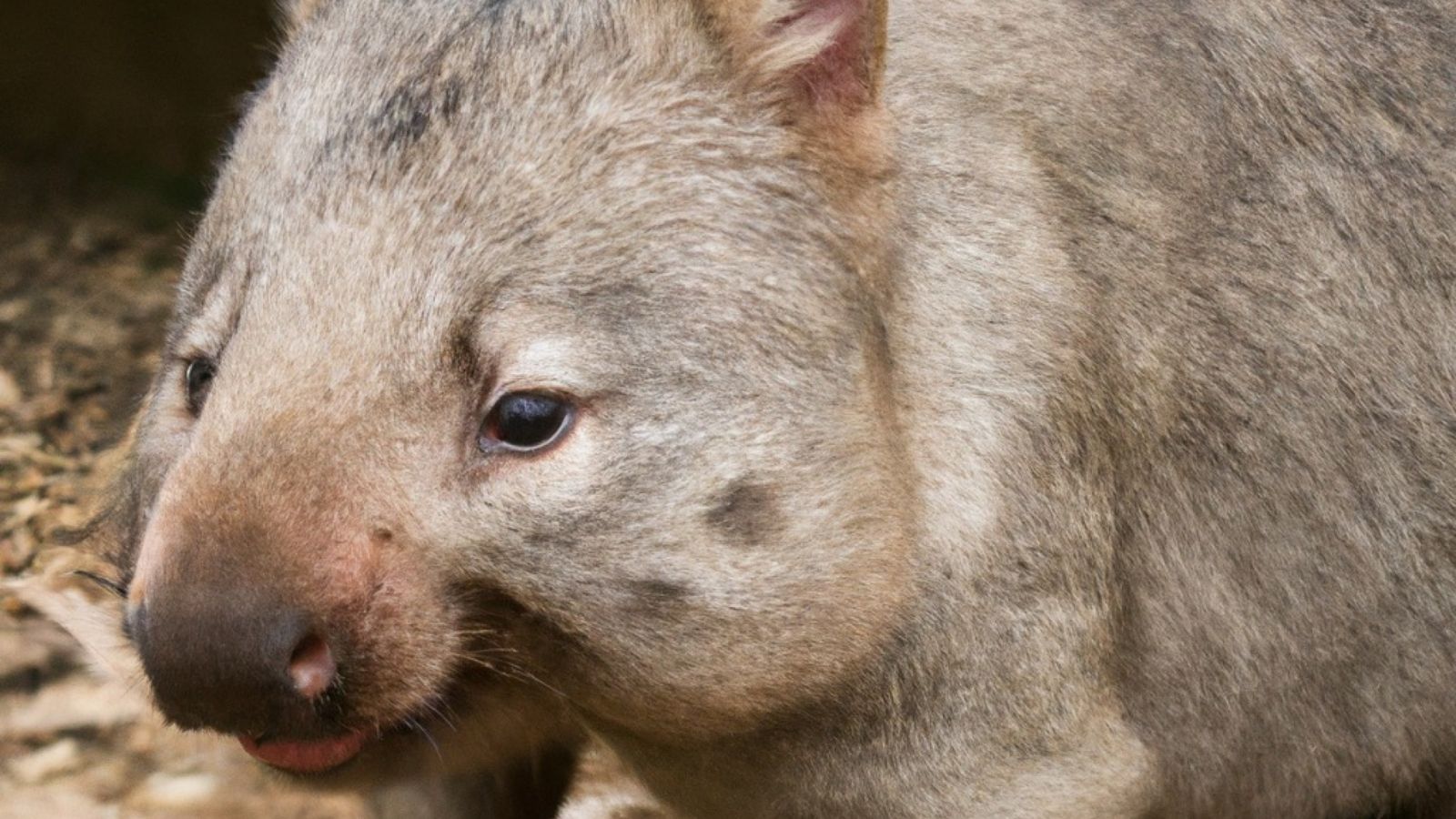
Also called the ‘yaminon,’ the northern hairy-nosed wombat is one of the rarest land mammals. You’ll only see it in Epping Forest National Park in Queensland, Australia, and the 300 that still exist are characterized by their silky fur and large front teeth.
Pygmy Three-Toed Sloth
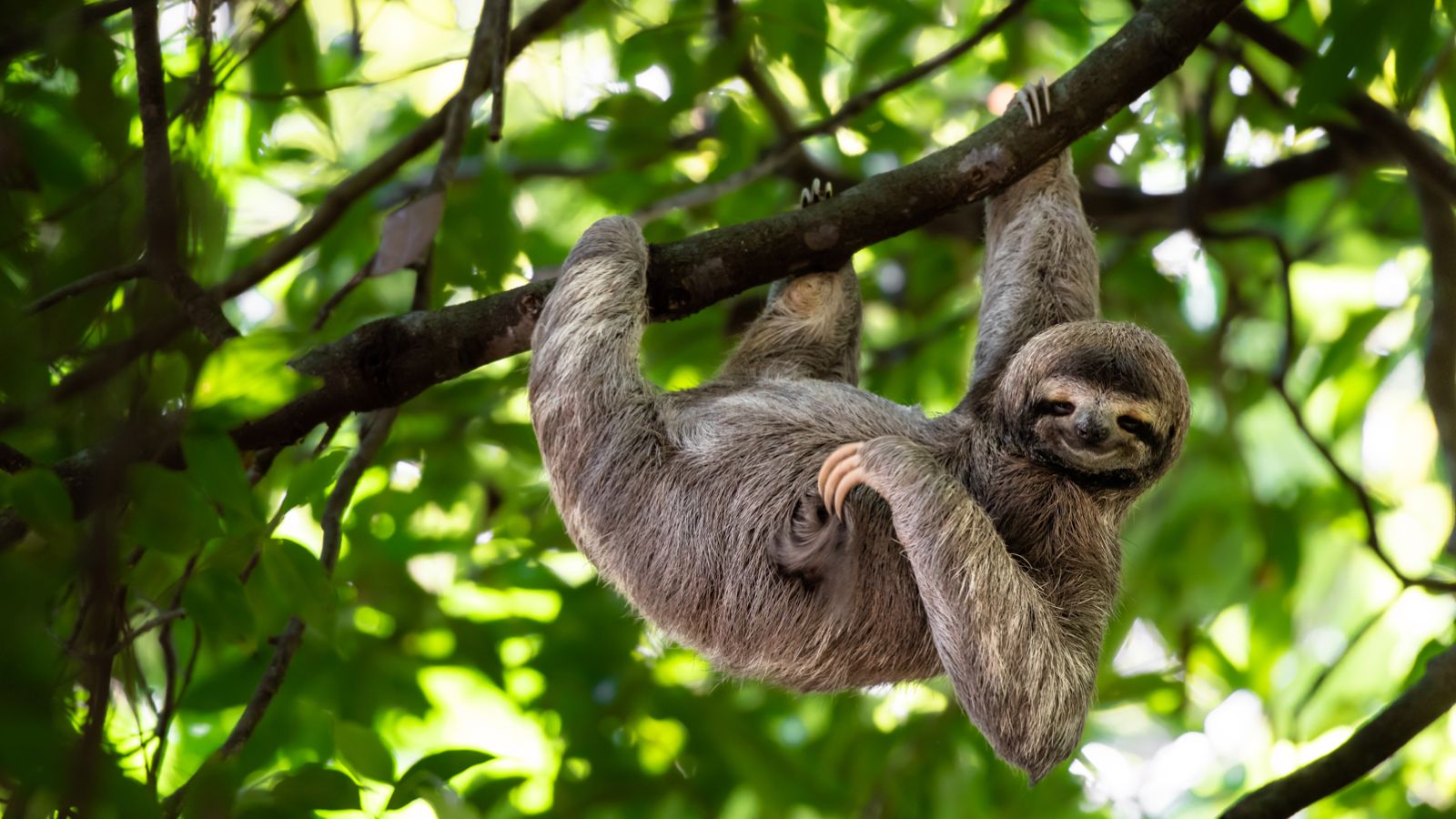
The pygmy three-toed sloth is the smallest sloth species and is only found in the Caribbean Isla Escudo de Veraguas area of Panama. It was only recognized as a separate species in 2001, and today, researchers believe that only 100 exist on the tiny island!
Tapanuli Orangutan
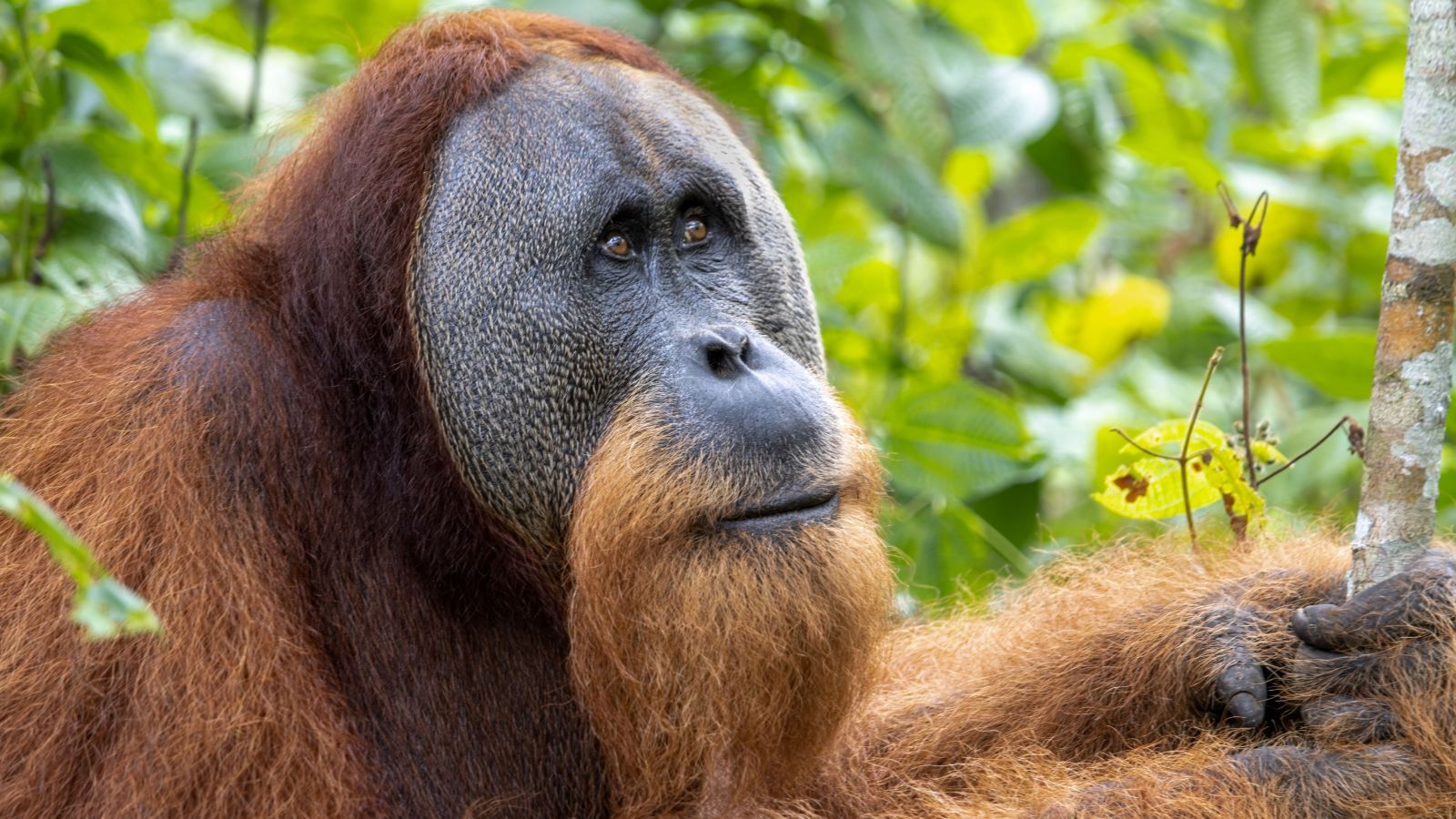
The Tapanuli orangutan was just discovered in 2007 in Indonesia’s Batang Toru ecosystem, and there are less than 800 still alive today. You can instantly recognize them through their distinctively thicker fur and their smaller, flatter, and wider heads compared to other orangutan species.
Kakapo

Not all parrots can fly, and the kakapo is the perfect example. This huge, ground-dwelling parrot, also called the owl parrot or moss chicken, is a nocturnal species only found in New Zealand and characterized by green and yellow feathers. As of 2023, only 247 were left in the wild, making them critically endangered.
Tarsier
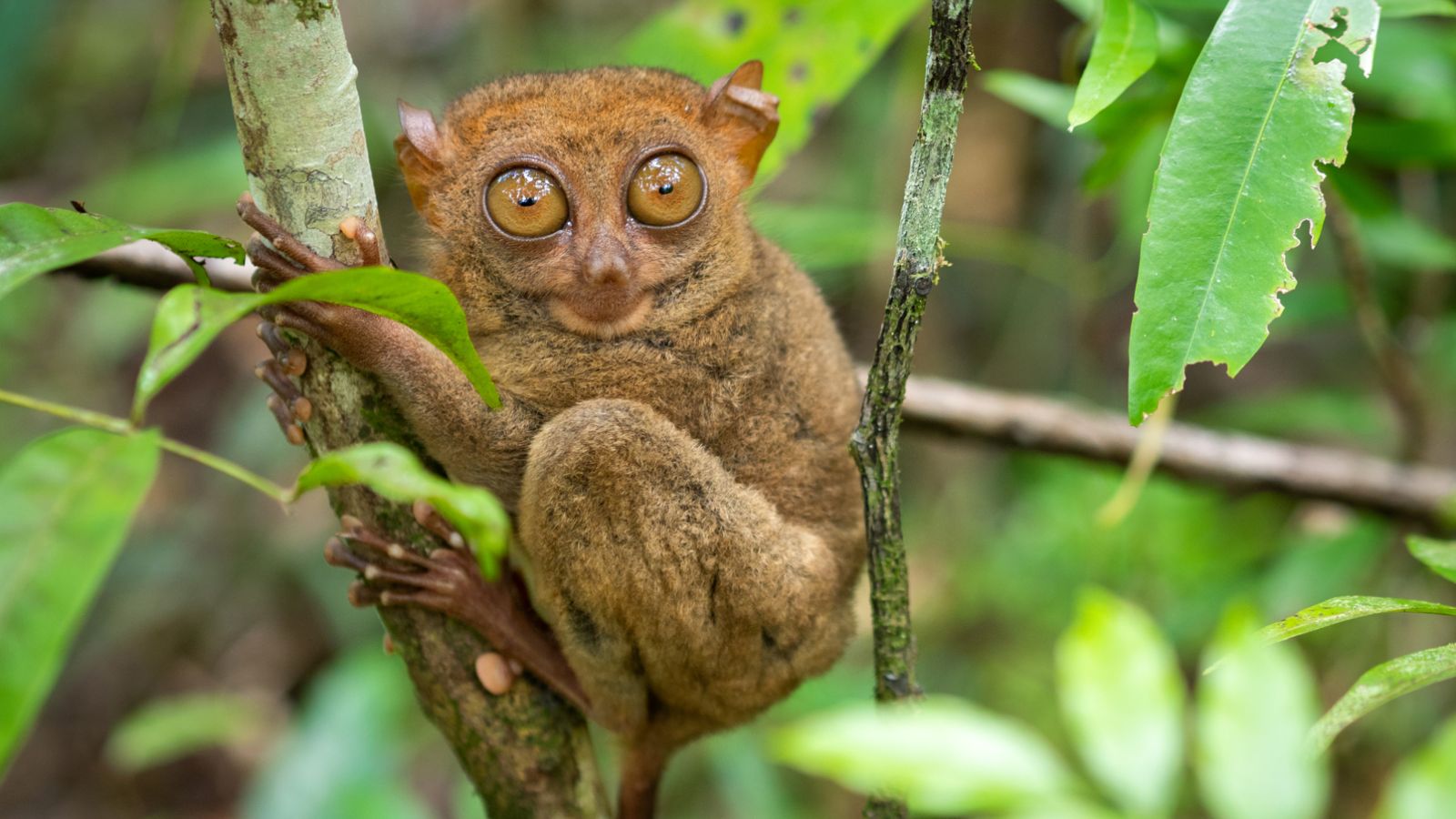
Tarsiers are small, nocturnal leapers that feed on insects and are described by Brittanica as an intermediate species between lemurs and monkeys. You’ll recognize them by their large eyes and long fingers, as well as their fondness for jumping from tree to tree. These creatures also have developed a strong sense of smell and are threatened by the underground pet trade.
Amur Leopard

Found in the forests of far-east Russia and China, the Amur leopard is one of the most elusive big cats today. This critically endangered species (with less than 100 left) has distinctively thick fur that helps it survive in its natively cold climate. Unique rosette patterns add to its beauty and allure.
Philippine Eagle
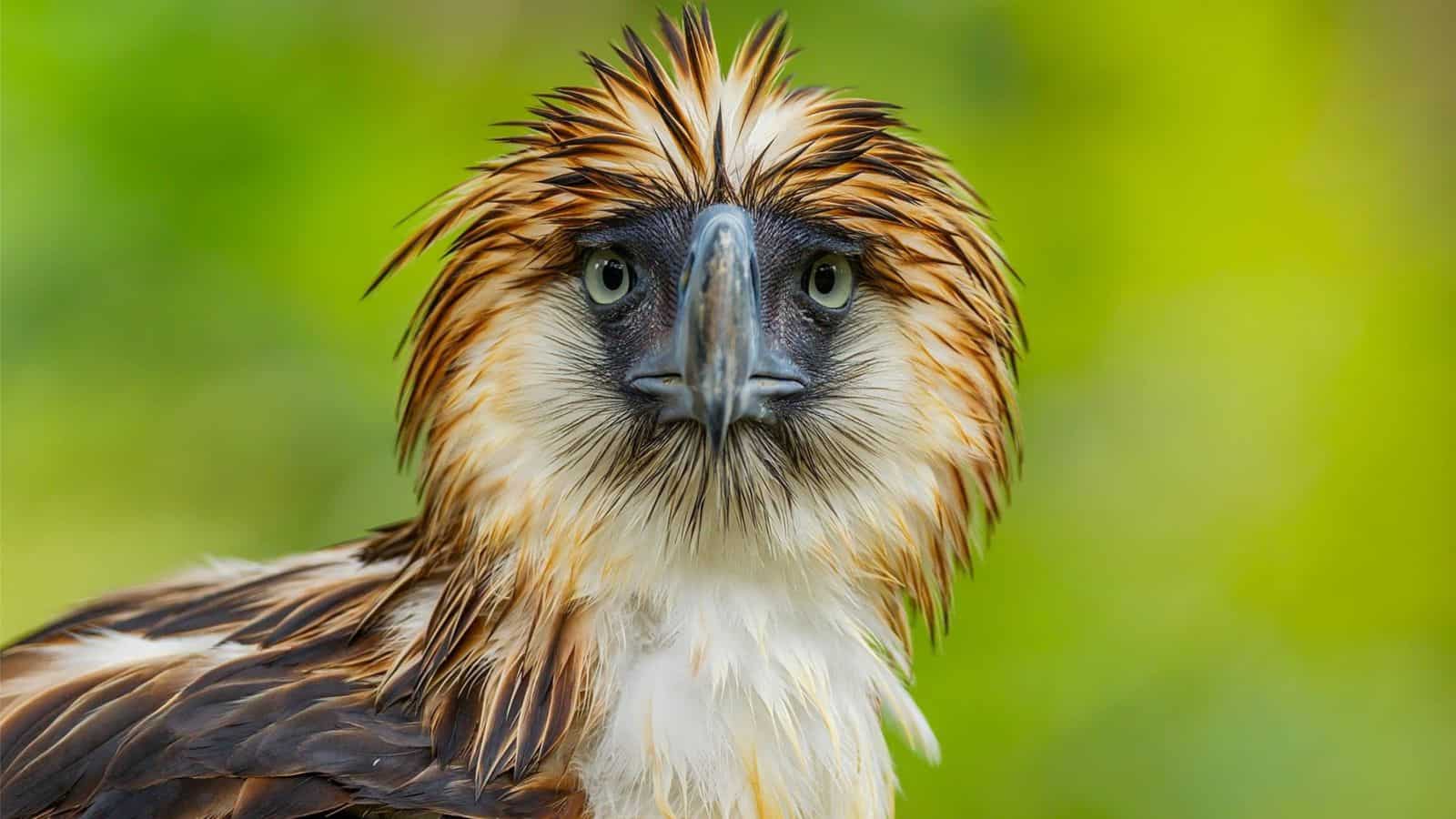
The Philippine eagle is the country’s national bird. It’s so large and strongly featured that it’s lethal enough to prey on monkeys (hence the nickname ‘monkey-eating eagle’). It’s only found in the tropical forests of the Philippines, where only 400 live today.
Ili Pika
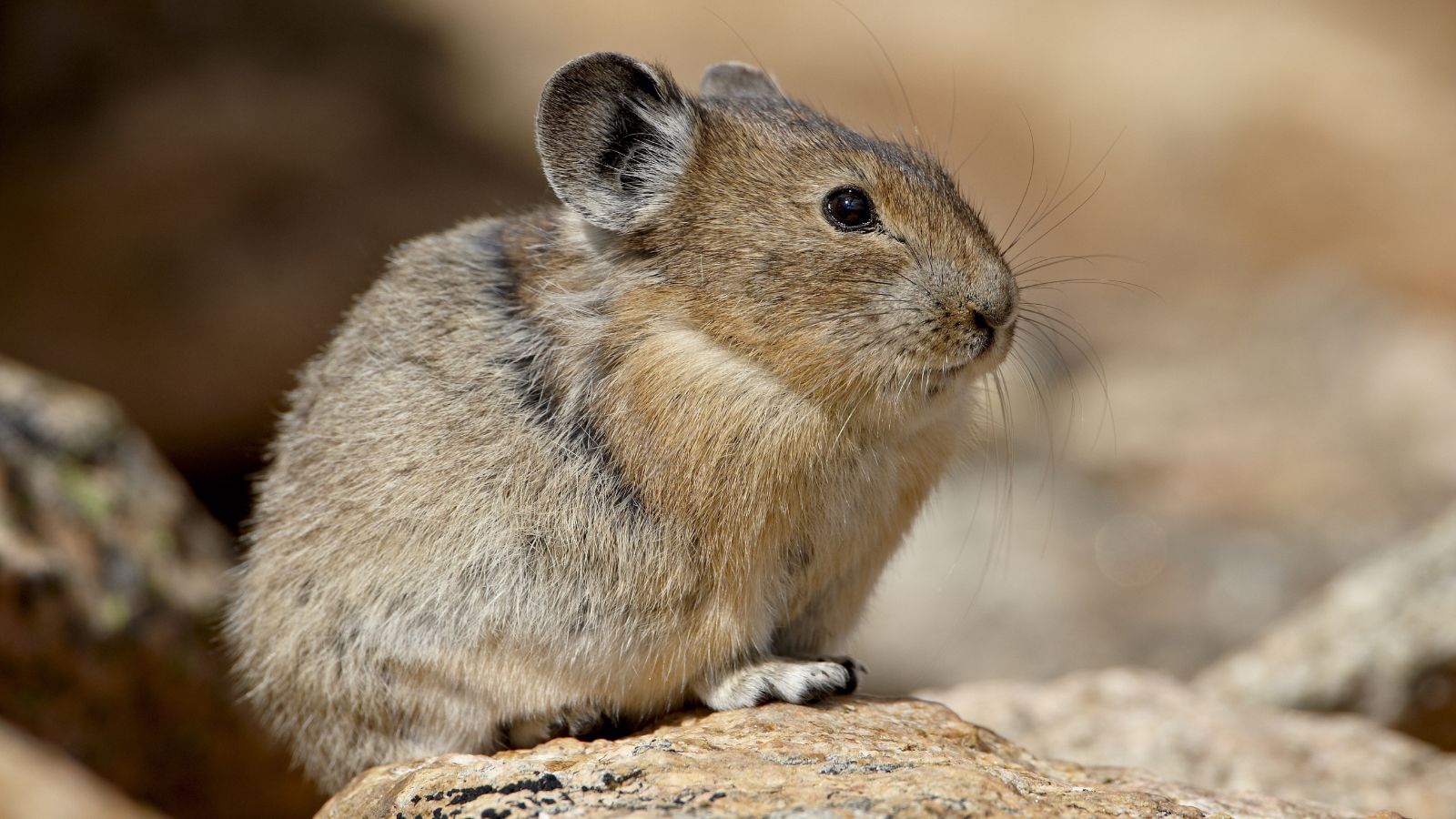
The Ili pika is a rare member of the Lagomorpha family—rabbits and hares also belong to this family. Its teddy bear-like appearance makes it one of the cutest on our list. It’s endangered due to increasing global temperatures, and National Geographic tells us of a time before 2015 when none had been seen for up to two decades.
Irrawaddy Dolphin

Again, with only 300 left in the wild, we have another animal that’s critically endangered due to human activities. The Irrawaddy dolphin is found in coastal areas and rivers in Southeast Asia and is known for its expressive face, which lacks a beak. This dolphin also has unique creases on its neck that allow it to move its head around.
Okapi
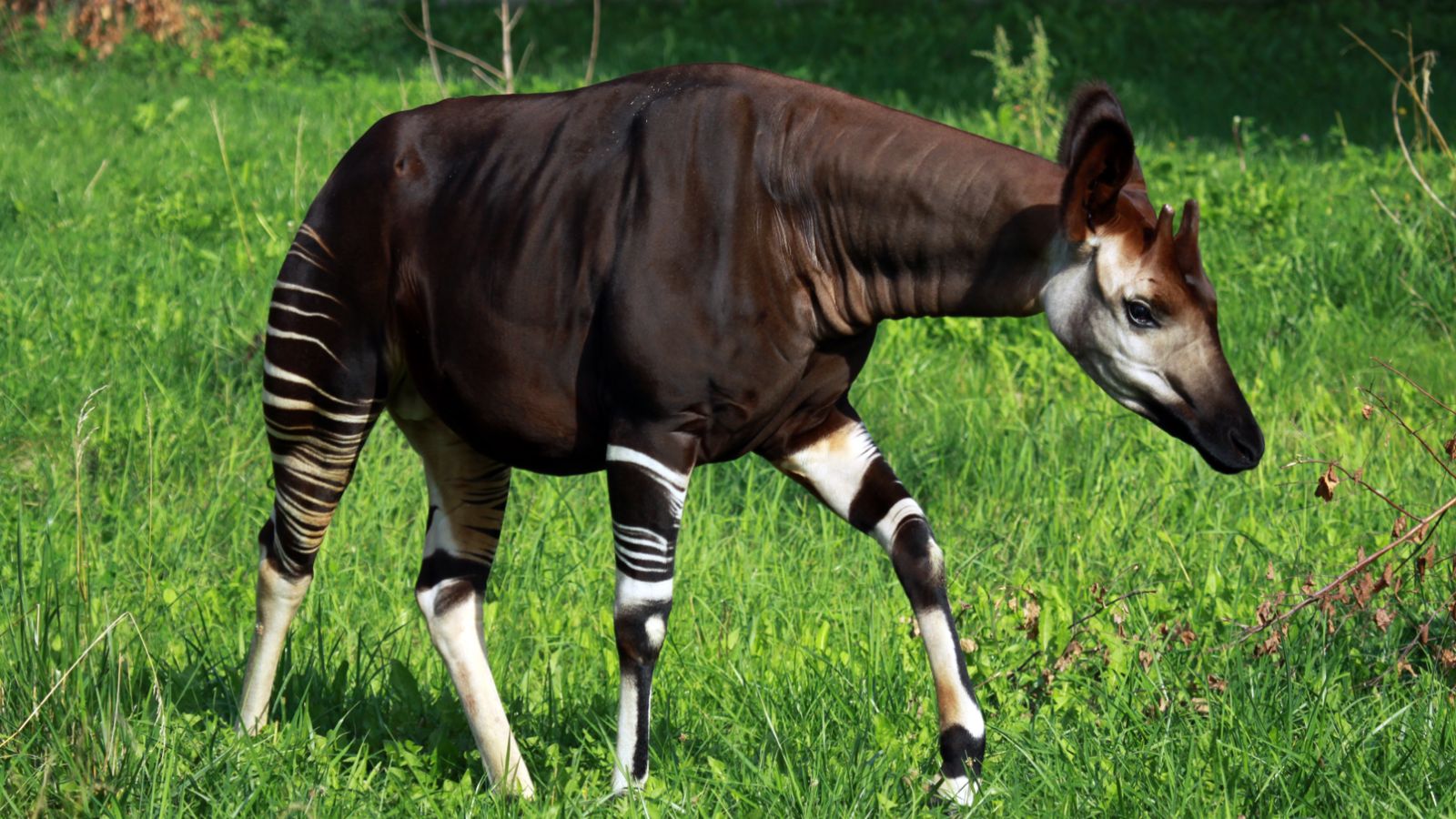
Although they look like they have some genes from zebras (earning them the name ‘zebra giraffe’), okapis are exclusively part of the giraffe family. In fact, they’re the only direct relatives of giraffes and can only be found in the rainforests of the Democratic Republic of the Congo.
Sumatran Tiger
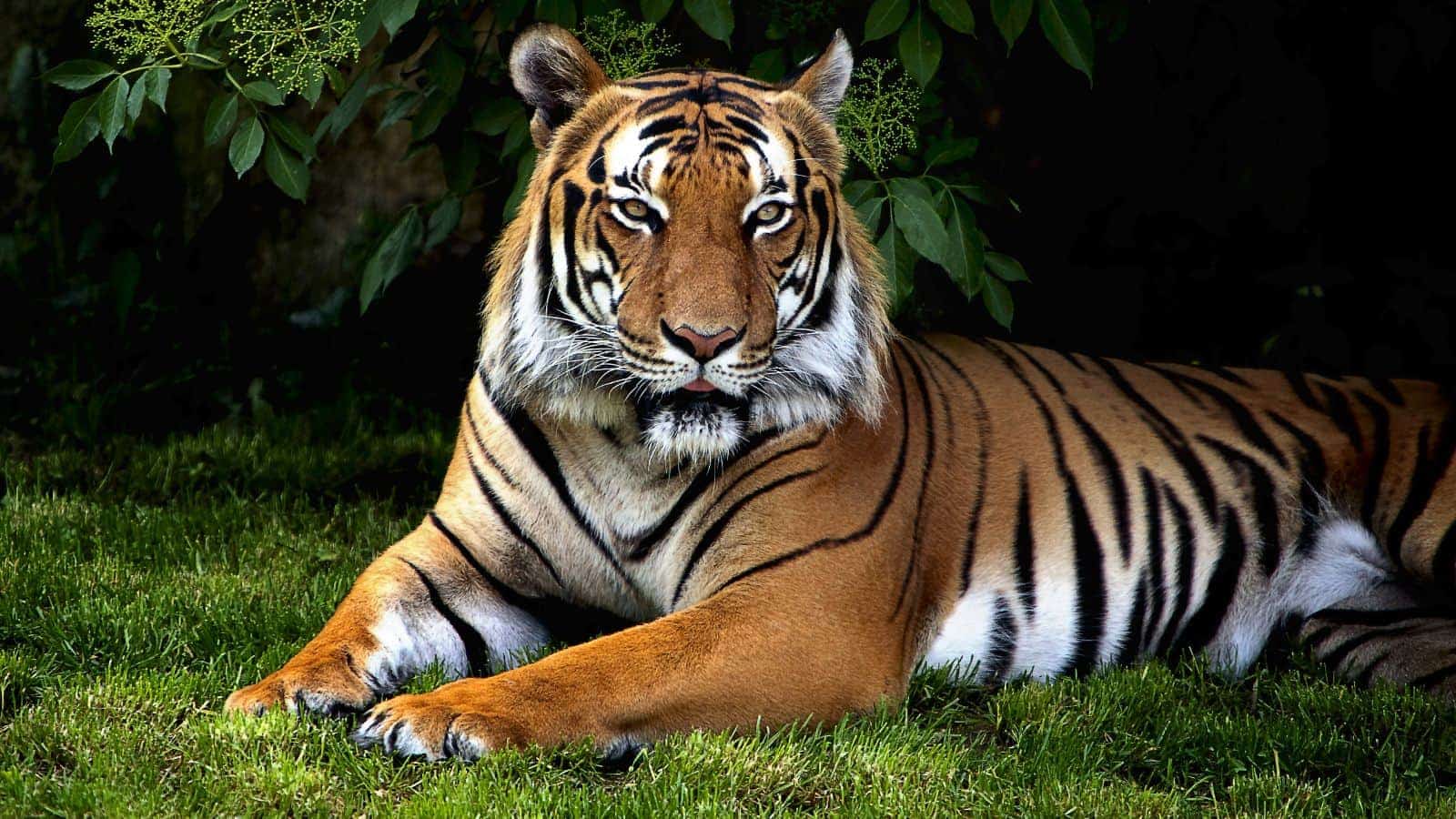
The Sumatran tiger is the smallest species of tiger today, and it’s only found on the Sumatran island of Indonesia. The San Diego Zoo says that the 400 to 600 that are still alive are threatened by logging, palm oil plantations, and poaching. This species’ fur is relatively thicker, and its stripes are more pronounced than other Tigers.
Axolotl

Axolotls are salamanders that look like something out of a fairy tale, with bright pink, feathery external gills, and smiling faces to match. They’re amphibians that retain their larval form throughout their lives and can be docile household pets with the unique ability to regenerate their limbs.
Fossa
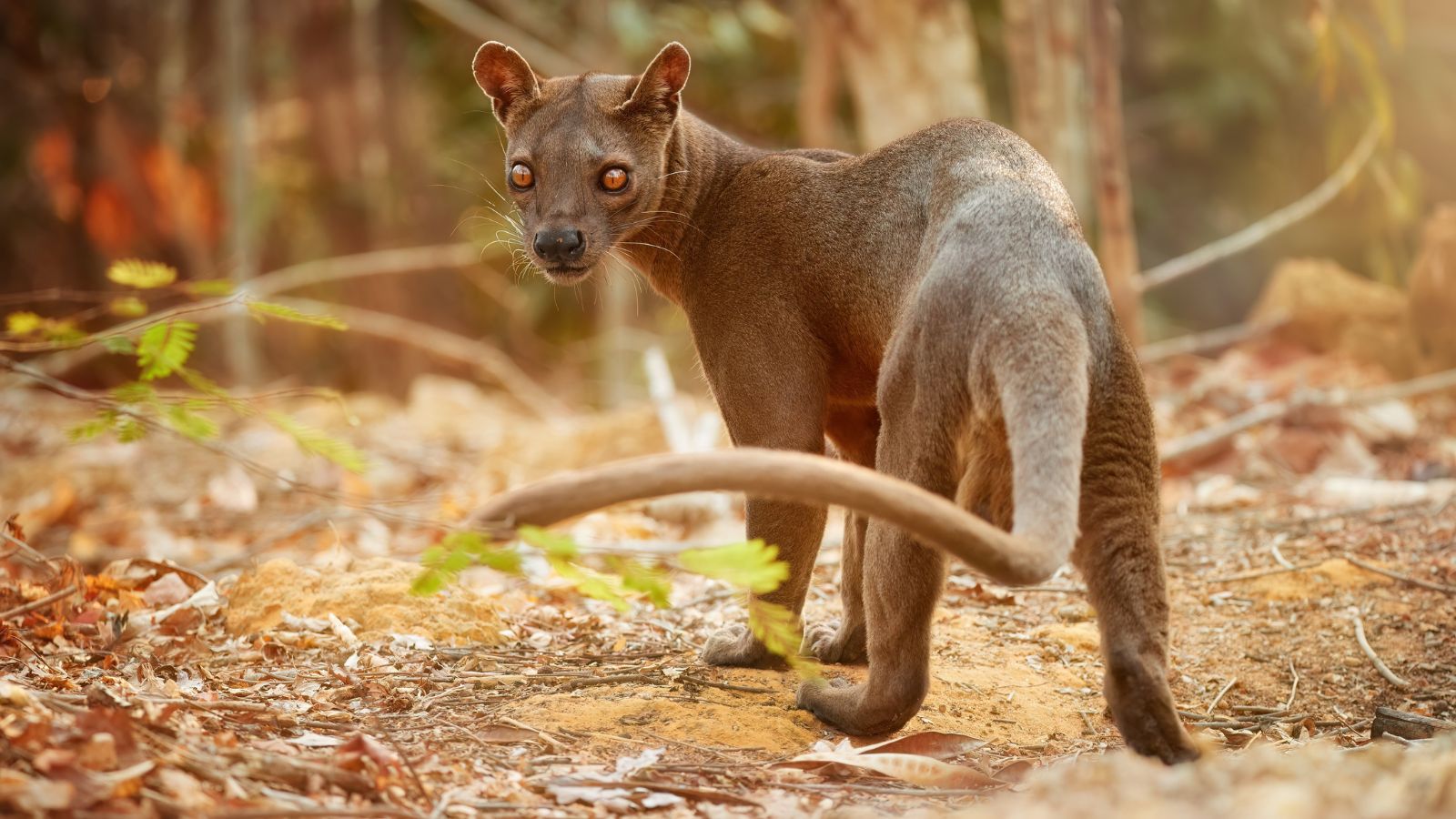
The fossa is the largest carnivorous mammal in (and endemic to) Madagascar. Although it shares a resemblance with pumas, it’s a closer relative to the mongoose. It’s a solitary hunter with retractable claws and slender cat-like features that prey on fish and birds.
Hirola

Also called the ‘hunter’s hartebeest,’ the hirola is a critically endangered antelope with lyre-shaped horns and unusual white facial markings. It can be found in the border areas of Kenya and Somalia. The BBC shares that “the name ‘Hirola’ comes from the Somali name ‘Arawla,’ which refers to their rufous-tawny coat color.”
Aye-Aye
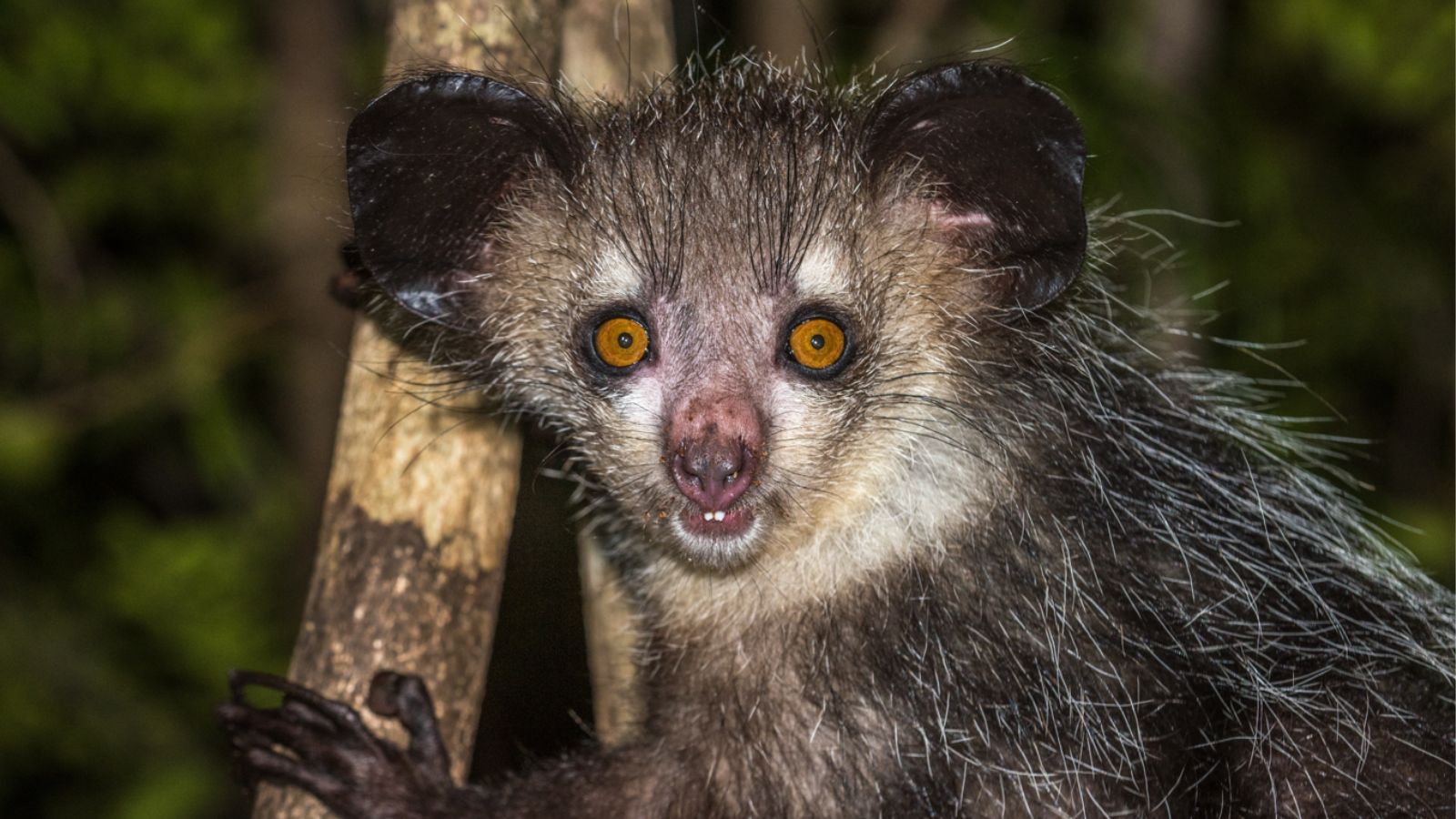
Aye-Ayes are some of the weirdest lemurs you can come across. This is due to a single bodily feature—their thin, elongated middle fingers, which are used to reach insect larvae inside tree bark. The name ‘Aye-Aye’ comes from the sound they make when fleeing danger, and there are also local superstitions that these innocent animals bring bad luck.
Up Next: 19 Things You Didn’t Realize Are Against The Law

Most laws are common sense, like those involving theft, property damage, or violence, but there are many lesser-known regulations that most people aren’t even aware of. This article reveals 19 illegal acts that may inadvertently turn you into a common criminal. Remember, ignorance of the law is no excuse for breaking it!
19 Things You Didn’t Realize Are Against The Law
18 Most Common Reasons Why Women Leave Their Husbands

All women have different preferences when it comes to their relationships and marriages. However, there are many universal behaviors, traits, and habits that commonly drive them to divorce. This list unveils the 18 most common reasons why women leave their husbands.
18 Most Common Reasons Why Women Leave Their Husbands
17 Behaviors That Make People Think Less of You

If you want to be accepted by those around you, you have to behave in certain ways. Obviously, you should still be yourself, but there are certain social ‘rules’ people should abide by, like avoiding these 17 behaviors that make people think less of you.
